- NEWS -
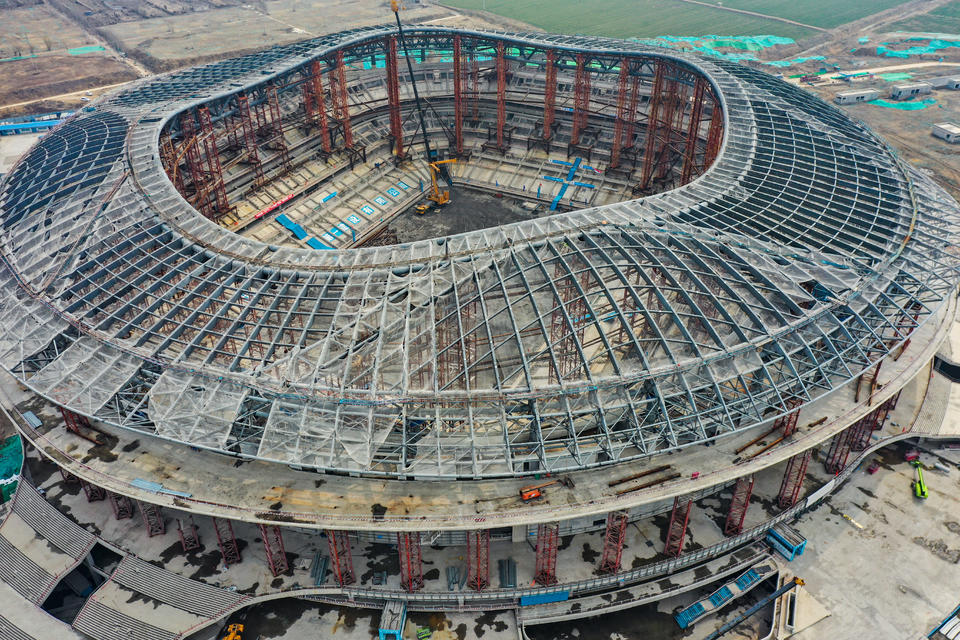
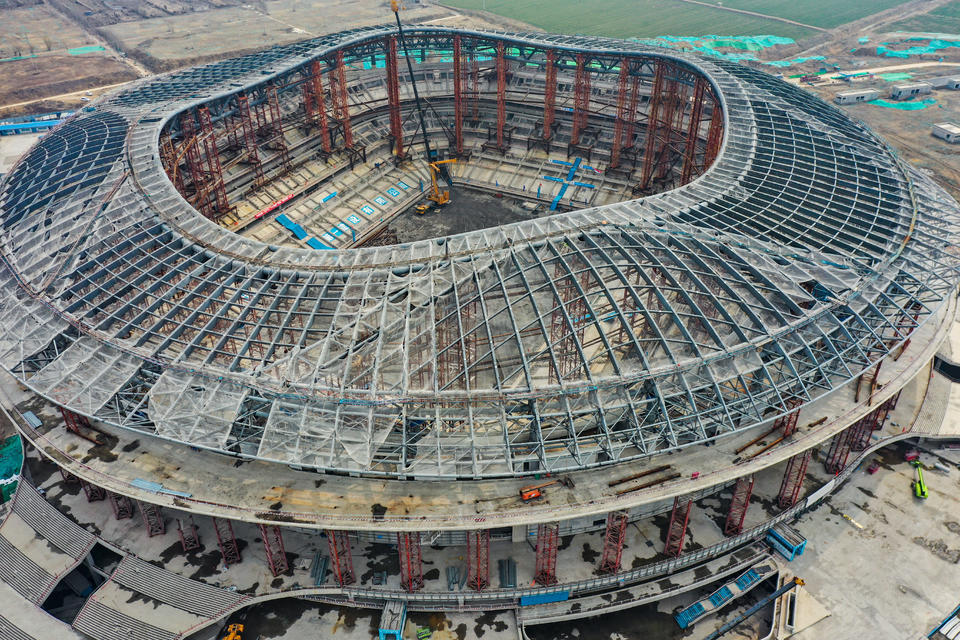
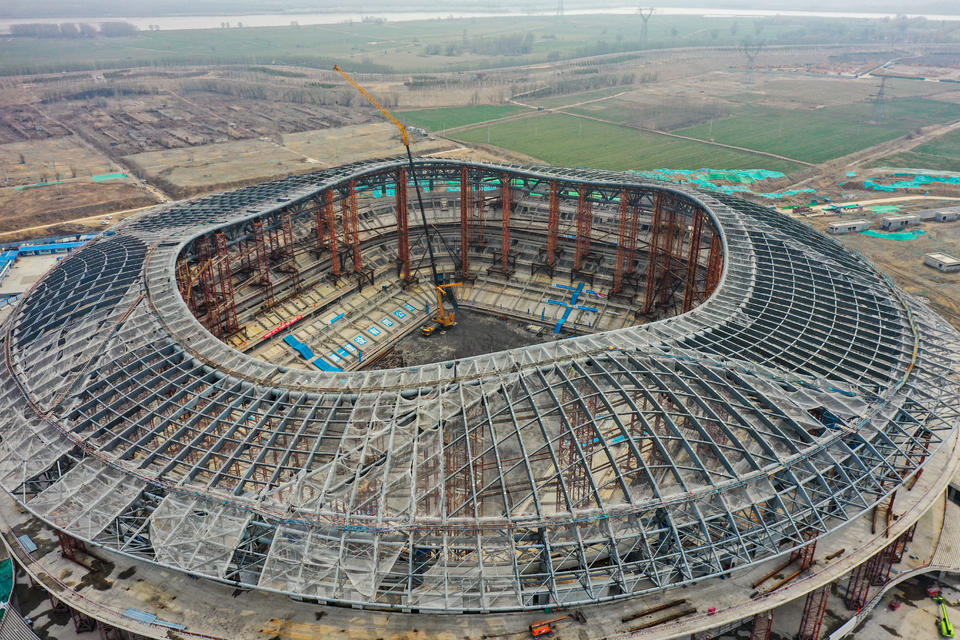
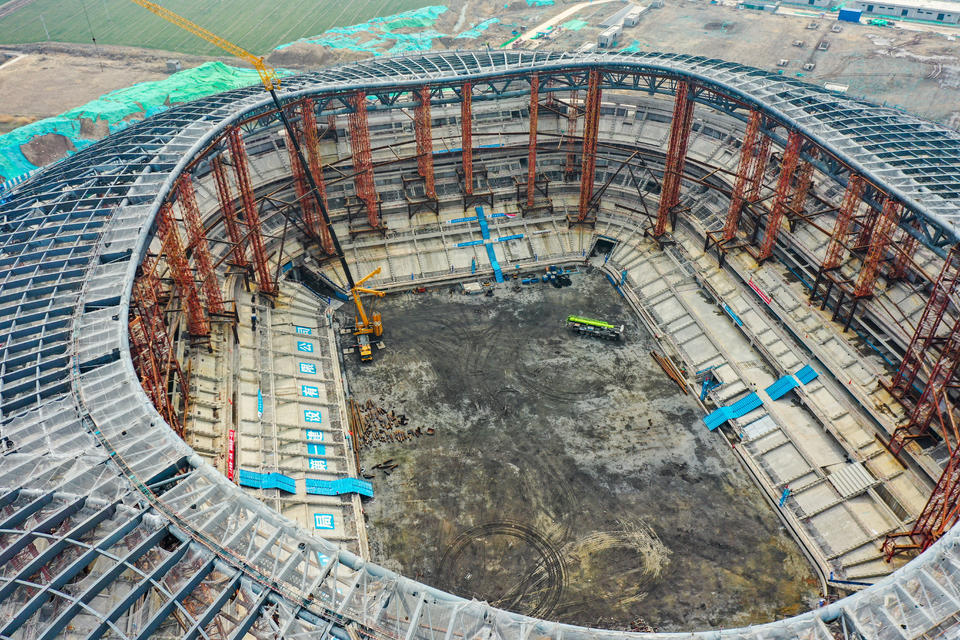
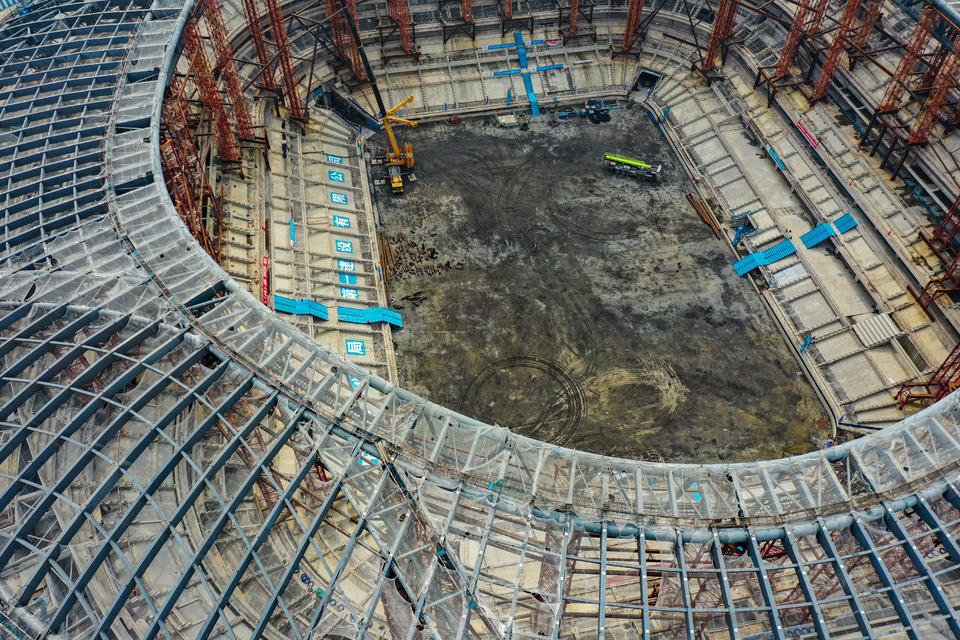
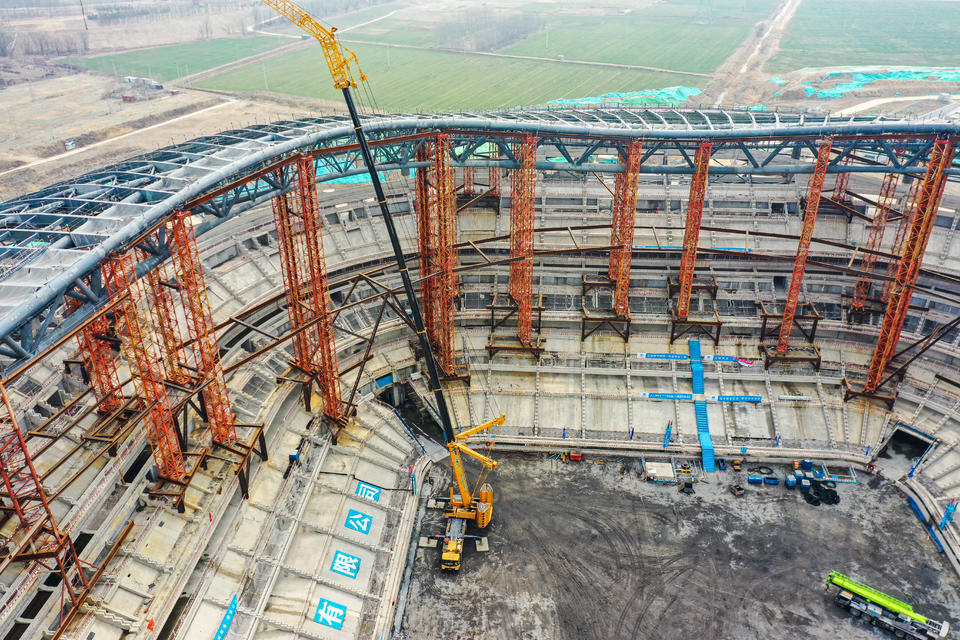
The Role of Steel Trusses in Modern Football Stadiums: Engineering Marvels for the Beautiful Game
Introduction
Modern football stadiums are architectural wonders, blending aesthetics, functionality, and engineering excellence. Among the key structural components enabling their grandeur is the steel truss system. These frameworks provide strength, flexibility, and vast clear spans, making them perfect for roofing, cantilever structures, and spectator comfort.
This article explores:
✔ Why steel trusses dominate stadium construction
✔ Major applications in football stadiums
✔ Famous stadiums that use steel trusses
✔ Future trends in stadium design
1. Why Steel Trusses Are Ideal for Football Stadiums
A. Unmatched Strength-to-Weight Ratio
Steel trusses are lighter than concrete yet can bear massive loads (roofs, lighting, video screens).
They allow long-span designs (100m+ without columns).
B. Speed of Construction & Prefabrication
Pre-assembled off-site, reducing on-site labor time.
Faster project completion compared to traditional methods.
C. Architectural Flexibility
Supports complex roof shapes (arched, domed, cantilevered).
Enables retractable roof designs (e.g., Tottenham Hotspur Stadium).
D. Cost-Effectiveness & Durability
80-100-year lifespan with minimal maintenance.
Recyclable material, supporting sustainable stadium solutions.
2. Applications of Steel Trusses in Football Stadiums
A. Roof Structures
Cantilever Roofs – Extend far beyond seating areas without supports (e.g., Wembley Stadium).
Domed Roofs – Provide full coverage (e.g., Arena Corinthians, Brazil).
Retractable Roofs – Combine open-air and closed configurations (e.g., Fisht Olympic Stadium, Russia).
B. Grandstand & Seating Support
Tiered steel truss systems allow multi-level seating with unobstructed views.
Helps create steep seating angles for better sightlines.
C. Facade & Lighting Integration
Exoskeleton designs provide aesthetic appeal (e.g., Allianz Arena, Germany).
Supports floodlights, video screens, and sound systems.
D. Emergency Load-Bearing Structures
Withstands extreme weather (snow, wind, earthquakes).
Fire-resistant coatings enhance safety.
3. Iconic Stadiums Using Steel Trusses
Stadium Country Key Feature
Wembley Stadium England 134m clear-span steel arch
Allianz Arena Germany ETFE-clad steel exoskeleton
Tottenham Hotspur Stadium England Retractable steel roof
Lusail Stadium (FIFA World Cup 2022) Qatar Steel tension ring for roof support
Bird’s Nest (Beijing National Stadium) China Interwoven steel lattice structure
4. Future Innovations in Steel Truss Stadiums
A. Smart Stadiums & IoT Integration
Sensors monitor structural health (stress, vibrations, corrosion).
AI optimizes maintenance schedules.
B. Sustainable & Green Designs
Solar panel integration on steel roofs.
Modular steel trusses for easy expansion or relocation.
C. Hybrid & Ultra-Light Materials
Carbon fiber-reinforced steel for stronger, lighter roofs.
Self-healing coatings for corrosion resistance.
D. Dynamic & Convertible Stadiums
Adjustable seating configurations using movable steel frames.
Multi-use roofs (concerts, esports, athletics).
Conclusion
Steel trusses are revolutionizing modern football stadiums, enabling soaring roofs, unobstructed views, and faster construction. From Wembley’s iconic arch to Lusail’s futuristic design, steel remains the backbone of world-class sports architecture.
Key Takeaways:
✔ Steel trusses enable long spans (100m+ without columns)
✔ Lightweight, durable, and cost-effective for stadiums
✔ Supports retractable roofs, floodlights, and smart tech
✔ Future trends include AI, sustainability, and hybrid materials
Related Posts
Online Message
TOUCH WITH US
